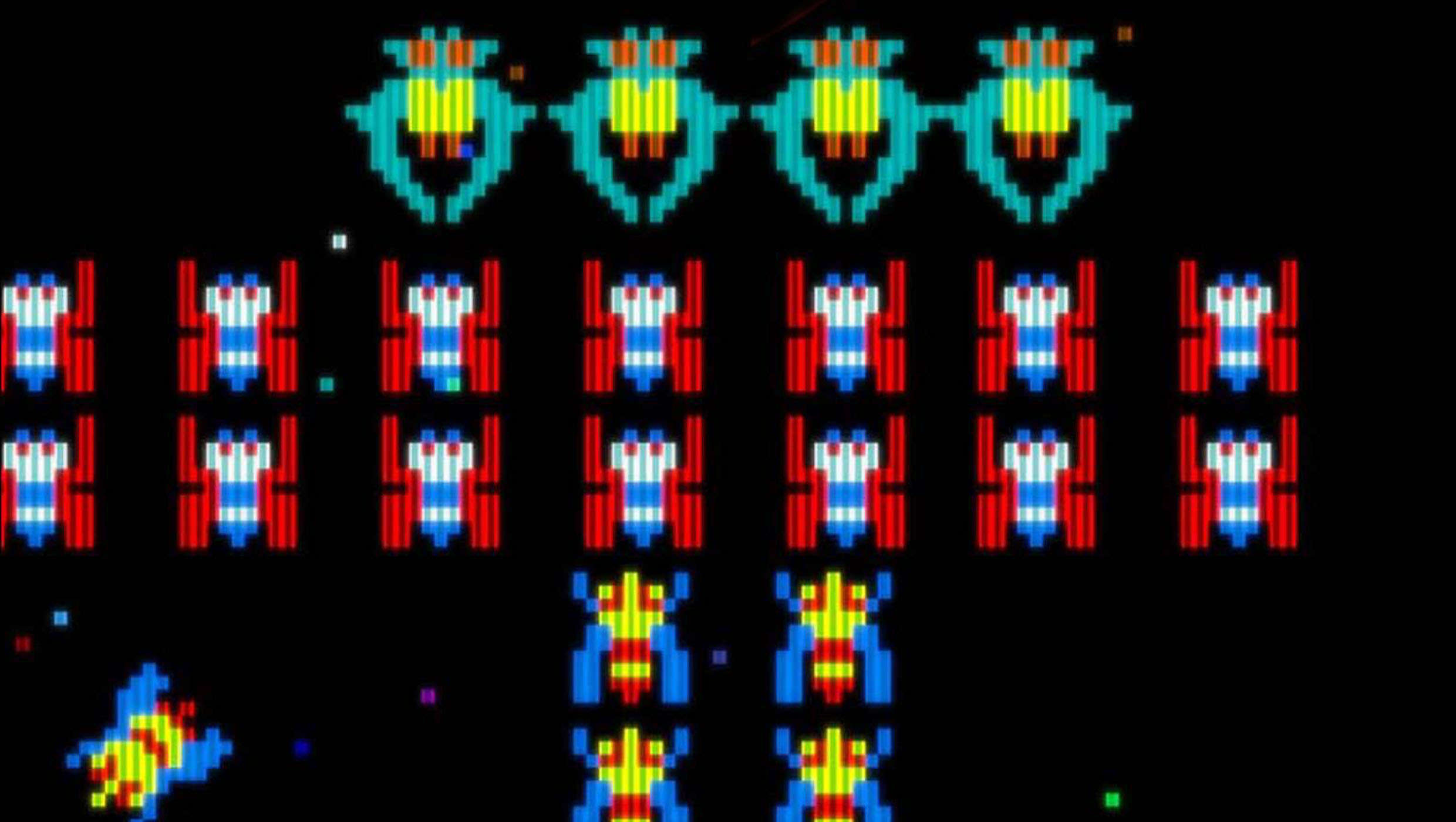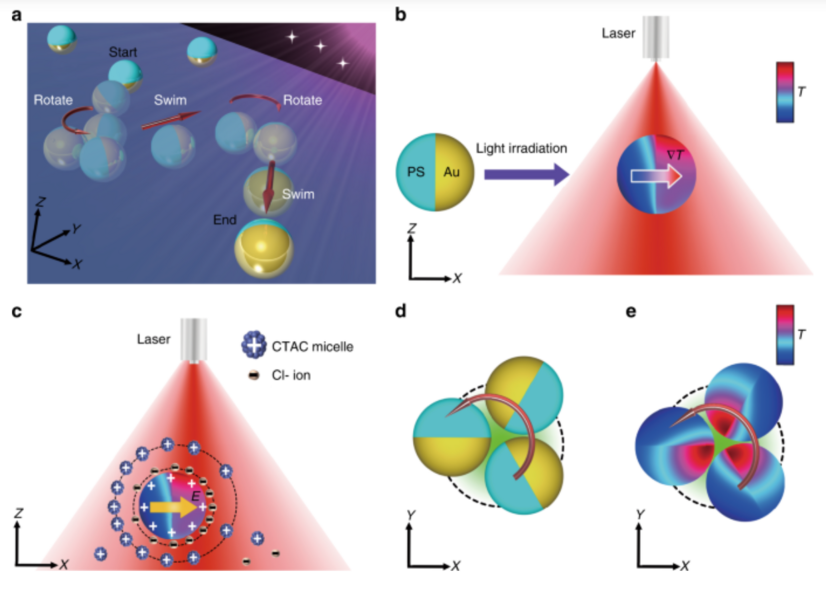Create a free profile to get unlimited access to exclusive videos, sweepstakes, and more!
Zap! Pow! Laser-powered micro-bots zoom through the body like starships in a video game

Retro video games often involved some pixelated character or vehicle collecting points while fighting off the bad guys so long as you gave it direction. Remember Galaga, in which you had to maneuver your spaceship through galactic obstacles to destroy the dark forces of the universe?
There is now a new micro-bot that kind of operates like the Galaga spaceship in real life, except it actually moves. A laser zaps it to seek out attacking aliens — more like diseased areas — in the body and fire medicine instead of missiles. Mechanical engineer Yuebing Zheng (who also developed a fabric that cools itself without AC like the wings of a species of volcano-dwelling beetle) modeled the “microswimmer” after e.coli bacteria. It’s almost like using lasers to play a video game, with one laser heating it and the other directing it exactly where it needs to go.
Microswimmers didn’t just spawn, but previous versions either needed to be fueled by chemicals or did not have enough control to navigate, often moving in random ways. Zheng’s microswimmers are powered by light and remote-controlled.
“We wanted to develop untethered microswimmers that will not require fuels so that they can operate in various environments like the human body,” Zheng, who led a study recently published in Light Science and Applications, told SYFY WIRE. “E.coli inspired the swimmers with directional control so that the swimmers can carry drugs and deliver them to the targeted places.”
E.coli is usually life-threatening, but its particular “run and tumble” method of moving is more life-saving when the directional control it has is applied to the bots. The bacteria are propelled by whip-like tails, or flagella, that work together to make it swim straight or “run”. When it changes direction, it “tumbles”. Zheng’s robotic versions of these microbes have no flagella but instead convert light into energy for motion. They are zapped by one laser whose heat they absorb, and the ions and molecules running into each other at different speeds under that temperature gradient creates an asymmetrical electrical field around them.
Now that they have fuel, the microswimmers need direction. Think of it as a GPS that runs on Google maps, which is kind of like a real-life video game if you really think about it. You follow where you’re supposed to go and end up getting a whole new route that will still get you to your destination if you make a wrong turn. So long as you can control the vehicle, you will succeed at the game. This is where a second laser comes in to direct the bots to where they are supposed to deposit the medicine.
“Without the second laser beam steering, they will swim randomly and towards any directions like car losing control,” Zheng said of the bots. “In other words, our swimmers can be an analogue for electrical cars, with the first laser beam acting as a battery to provide motion power, and second laser beam steers, with optical imaging for its GPS.”
Just like video games have leveled up since the 8-bit wonders of the ‘80s and ‘90s, Zheng has future plans for these microswimmers that sound no less than futuristic. Think AI brains. He wants them to eventually be able to not just follow the GPS route provided by the laser, but to actually be able to see it so they can drive themselves to their destination. Upcoming iterations of swimmers may also be able to communicate amongst themselves and coordinate where they’re headed and how they get there, using the swarm intelligence that E.coli and other types of real bacteria are capable of.
With a few upgrades such optical imaging, which is now separate, being connected to the swimmers and a feedback loop that lets them operate automatically, these will almost have a mind of their own. Zheng’s vision for them is to ultimately end up zooming through the body much like a video game that plays itself.
“For future intelligent microrobots, the imaging will be a integral part of the robots so that they can sense the environments directly and respond to any changes in the environments through machine learning algorithms,” he said.
Keep that in mind next time you’re at a barcade trying to beat the high score for Galaga.















